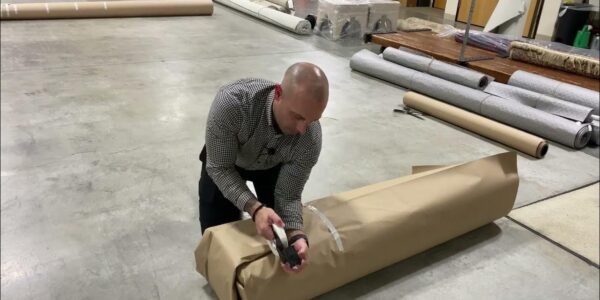Manufacturing Process
MANUFACTURING PROCESS
Here is the complete manufacturing process
Carding
Carding is the process in which raw wool is opened and separated so that each fibre is set in a straight, or parallel position.Effective carding ensures that no fibre is intermingled with another, or with vegetable matter, sand or dirt being left in the yarn. Short fibres are separated off. The effectiveness of carding allows fibres to flow when spinning starts and facilitates a better blending for the various desired thicknesses. Many rug manufacturers prefer hand carding method to maintain an originality of pure, hand-knotted carpets, though recent years has seen the introduction of some mechanical carding.
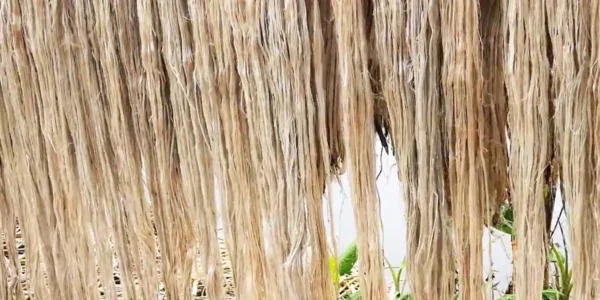
Hand Spinning
The carded cotton and jute is spun into yarn in different ways; generally in india the ‘Charkha and machine’ system of using spinning wheels operated by hands, is used for this purpose. The thickness of yarn depends upon the quality of rugs requested by the customer. However generally a 3-ply yarn is used and the 5-7 twists per inch is regarded to be an ideal standard, with an average length of a fibre of 4 to 6 inches.
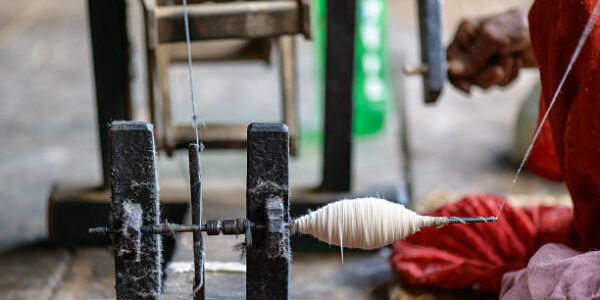
Dyeing
Dyeing of the yarn traditionally follows the hand spinning process. Indian dye masters have acquired a deep knowledge of the natural dyeing materials over many generations. They create dyes usually extracted from natural herbal plants like indigo, mulberry, saffron, turmeric, rhubarb roots, walnut, camellia tea and many more. However, due to the present-day availability of wide range of vegetable and Swiss dyes, the traditional methods have had to adapt; wools are dyed to the multi-range of colours that are needed to meet the customers’ design requirements. There are two basic types of dyeing in practice today: pot dyeing and machine dying.In the former, a small quantity of wools is dyed in a pot made of copper or aluminium and the task completed manually to ensure a high quality; specialist technicians are used to test and mix dyes so that they match to colour of designs exactly.
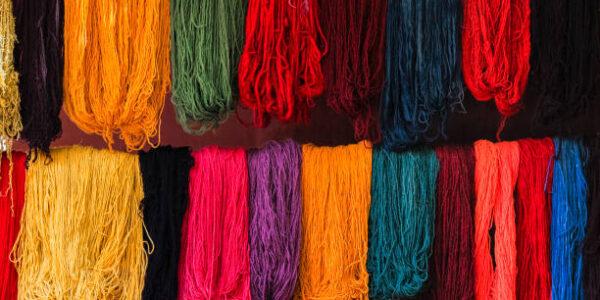
Balling
The dyed yarn is dried as soon as possible in mild sun, or in airy shadowed area to protect the newly dyed wools from being discoloured. Once dyed yarn is properly dried, it is rolled into balls of three-ply yarn manually, in order to ease the actual weaving and knotting.
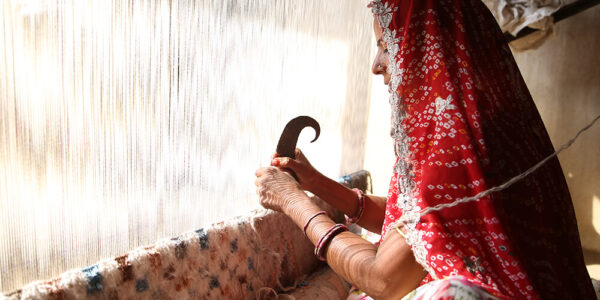
Weaving
Growtus rugs and carpet are woven in the india Knotting System. It is woven on a vertical loom of wood or iron, which consists of two vertical poles that are fixed by a horizontal base for loom rigidity. The warp (the vertical thread that forms part of the skeleton of rug, usually cotton) is wound on looms.The woollen yarn is loomed with two warp threads at different positions with the help of a weaving rod from one end to another end creating a pile of rug. Once a row is completed the rod is hammered to tight against the row below. The weaver then cuts along the rod with a very sharp knife, cutting open the pile.The rod is removed and the row is beaten down against the previous row again and so it continues again for new row. The skilled hand of the weaver has to follow the weaving map and graph in order to ensure the shape and size and design of the carpet.
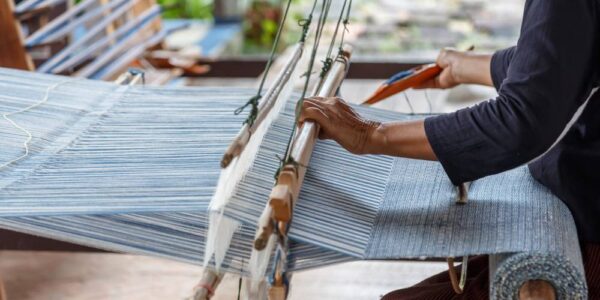
Trimming
As the weaving process is completed the rug is taken off for the trimming process. During trimming the unnecessary fibres are removed and knots that appear at the back of the carpet are maintained for smoothing. After this, the carpet is brought to a well levelled surface and specially designed long pointed indian scissors are used to start the trimming process. A soft, skilled hand moves all over the rug for several days. All the patterns and colours are made distinct and clear, in accordance with the design. The level of the pile is smoothed down, thus enhancing the clarity and originality of Pip Benveniste’s designs. If desired, carving with the scissors ensures distinct, clear lines
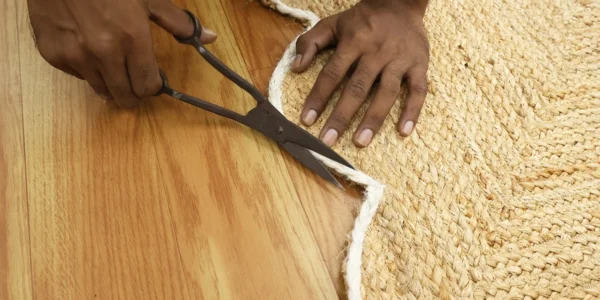
Washing
After trimming the rug undergoes a strenuous washing procedure with fresh water and eco-friendly washing materials until the rugs are clean and take on a soft enhancing texture and look (natural herbs are also used). The properly washed carpet is dried in the sun light for up to five days.
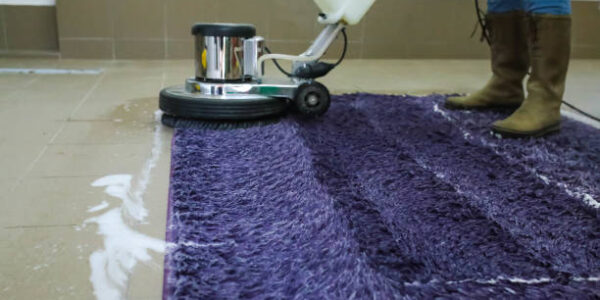
Stretching
The Rugs are stretched on all side by vice-like equipment and ties over a metal frame for about a day to insure to its proper shape and size.
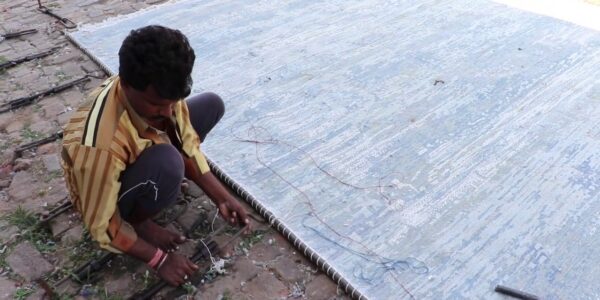
Finishing
When completely dry, the rug is thoroughly checked against the precise measurement and given a finishing touch by a fine, re-trimming making it an elegant, and fine example of craftsmanship. The rug undergoes a strict final inspection before delivery to Bristol.

Packing
The finished rug is now ready for packing, rolled and first wrapped in plastic followed by an outer, tougher layer of jute sacking. The rug is rolled with centre support of cardboard tube or plastic pipe to avoid wrinkles or bending in transit.
